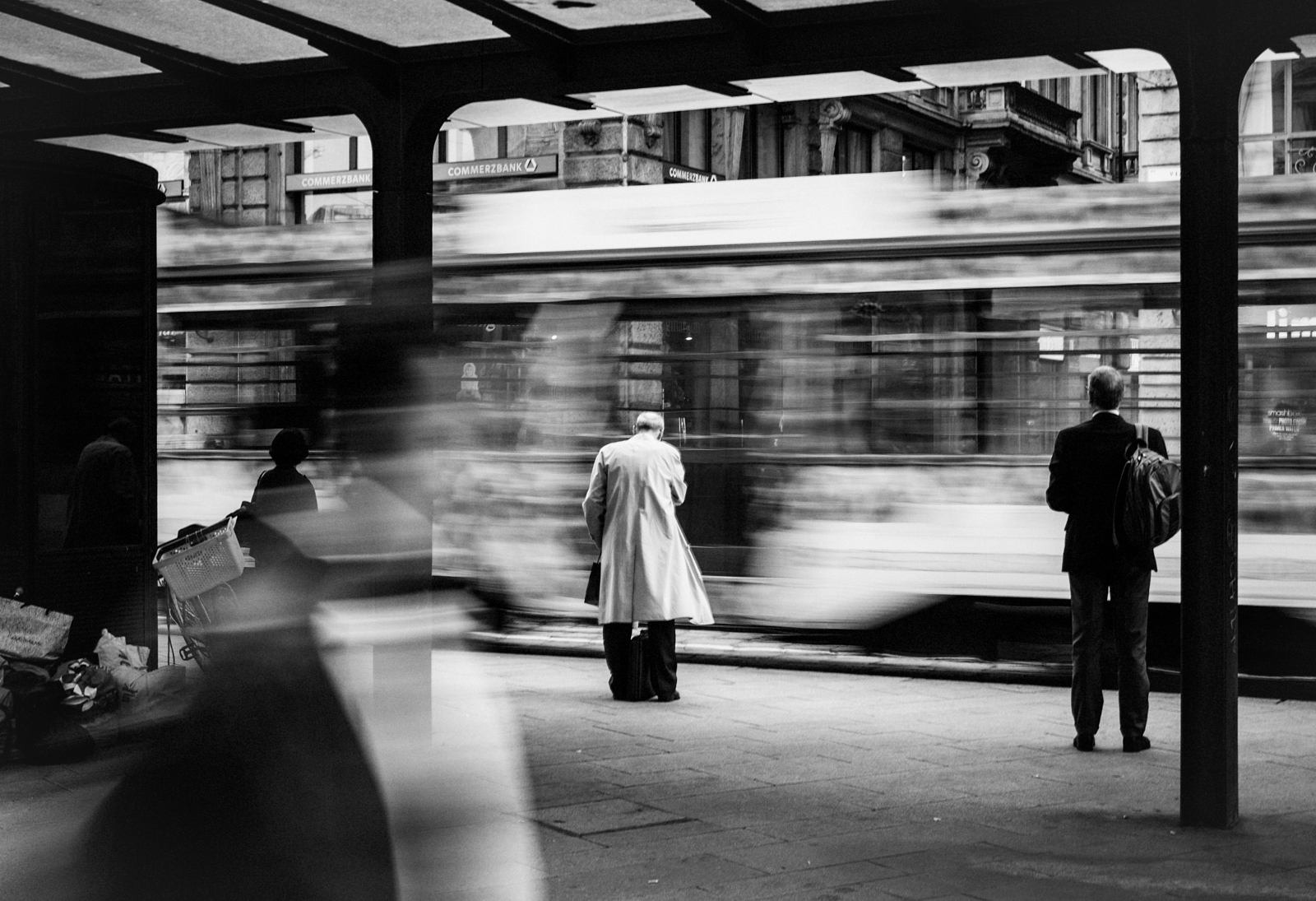The Ultimate Guide To Framing Streets
Framing Streets Can Be Fun For Anyone
Table of Contents3 Simple Techniques For Framing StreetsThe Only Guide for Framing StreetsExamine This Report about Framing StreetsOur Framing Streets StatementsHow Framing Streets can Save You Time, Stress, and Money.The Facts About Framing Streets Revealed
Digital photography genre "Crufts Canine Program 1968" by Tony Ray-Jones Road digital photography (likewise occasionally called honest digital photography) is digital photography conducted for art or query that includes unmediated chance experiences and arbitrary occurrences within public places, generally with the objective of catching pictures at a decisive or poignant minute by cautious framework and timing. 
Excitement About Framing Streets
Susan Sontag, 1977 Road digital photography can concentrate on individuals and their behavior in public. In this regard, the street professional photographer is comparable to social docudrama digital photographers or photographers that also operate in public locations, but with the objective of capturing newsworthy events. Any one of these professional photographers' pictures might catch individuals and residential or commercial property visible within or from public locations, which commonly involves browsing ethical concerns and legislations of privacy, security, and home.
Representations of day-to-day public life create a category in nearly every period of world art, beginning in the pre-historic, Sumerian, Egyptian and early Buddhist art durations. Art handling the life of the road, whether within sights of cityscapes, or as the leading concept, shows up in the West in the canon of the Northern Renaissance, Baroque, Rococo, of Romanticism, Realism, Impressionism and Post-Impressionism.
The Framing Streets Statements
Louis Daguerre: "Blvd du Temple" (1838 or 1839) In 1838 or 1839 the first picture of figures in the street was taped by Louis-Jacques-Mand Daguerre in among a set of daguerreotype sights drawn from his studio window of the Blvd du Temple in Paris. The second, made at the height of the day, shows an uninhabited stretch of street, while the various other was taken at regarding 8:00 am, and as Beaumont Newhall records, "The Blvd, so regularly filled up with a relocating bunch of pedestrians and carriages was flawlessly solitary, except a person that was having his boots cleaned.
, who was inspired to take on a similar documentation of New York City. As the city established, Atget helped to advertise Parisian roads as a worthy subject for digital photography.

Not known Incorrect Statements About Framing Streets
In between 1946 and 1957 Le Groupe des XV each year showed job of this kind. Andre Kertesz. Circus, Budapest, 19 May 1920 Road photography created the significant content of two exhibitions at the Museum of Modern Art (Mo, MA) in New york city curated by Edward Steichen, 5 French Photographers: Brassai; Cartier-Bresson, Doisneau, Ronis, Izis in 1951 to 1952, and Post-war European Photography in 1953, which exported the concept of street photography internationally.

Some Known Details About Framing Streets
The recording device was 'a hidden electronic camera', a 35 mm Contax hidden beneath his coat, that was 'strapped to the upper body and connected to a long cord strung down the appropriate sleeve'. Nevertheless, his work had little contemporary influence as due to Evans' sensitivities about the originality of his job and the personal privacy of his topics, it was not released till 1966, in guide Several Are Called, with an introduction composed by James Agee in 1940.
Helen Levitt, after that a knockout post an educator of young kids, connected with Evans in 193839. She recorded the temporal chalk drawings - 50mm street photography that belonged to children's road culture in New york city at the time, as well as the kids that made them. In July 1939, Mo, MA's new digital photography section included Levitt's operate in its inaugural exhibitRobert Frank's 1958 publication,, was considerable; raw and usually indistinct, Frank's photos examined conventional digital photography of the moment, "tested all the formal regulations put down by Henri Cartier-Bresson and Walker Evans" and "flew in the face of the wholesome pictorialism and genuine photojournalism of American publications like LIFE and Time".